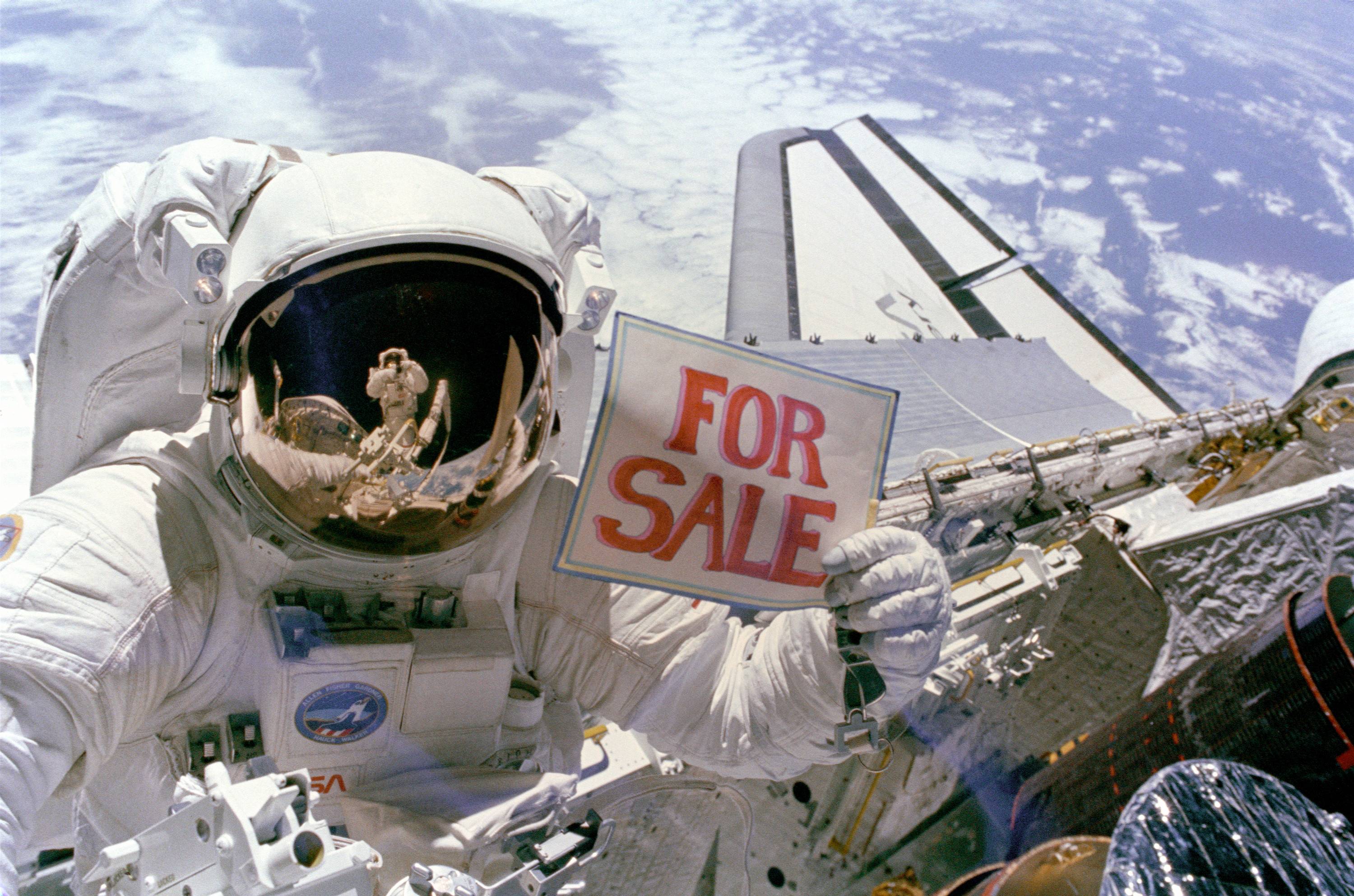Earlier this month a hunk of space junk hurtled toward the International Space Station, putting the safety of astronauts and their orbiting outpost at risk.
Fortunately, the cosmic hazard was detected early and an emergency maneuver rocketed the $150 billion station out of harm’s way. Such episodes, which burn gallons of valuable propellant, cost NASA and its partners an average $1 million per incident.
There must be a better way, right? For years now, scientists and engineers have been dreaming up alternatives — mainly pricey new robots that could remove rapidly multiplying space junk or shove it further into space. But what if the best solution is what they’ve been doing all along — just getting out of the way?


















With your current subscription plan you can comment on stories. However, before writing your first comment, please create a display name in the Profile section of your subscriber account page.